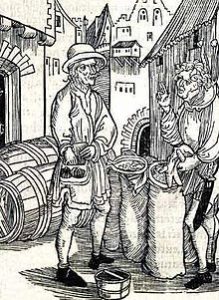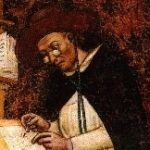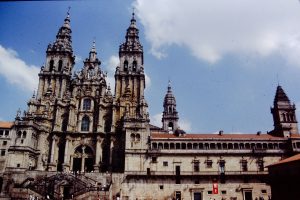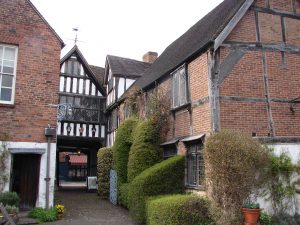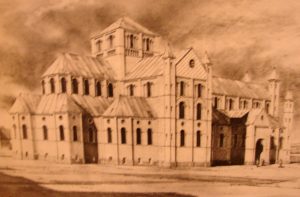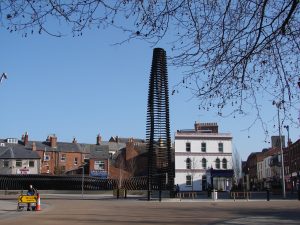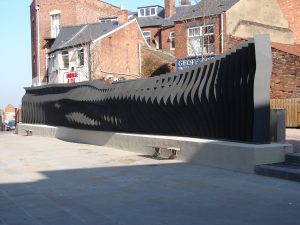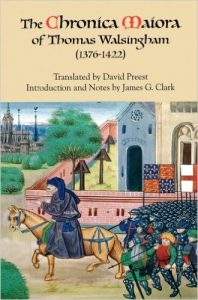 Thomas Walsingham was a real life monastic chronicler who plays a minor role in King Richard’s Sword, my new novel in the Lady Apollonia West Country Mysteries. Walsingham was a Benedictine monk who spent most of his life at Saint Albans Abbey which is not far from London. King Richard’s Sword is set in Worcester in the West Country of England in 1399-1400, so you might wonder why someone with no connection to Worcester would have a role in my story.
Thomas Walsingham was a real life monastic chronicler who plays a minor role in King Richard’s Sword, my new novel in the Lady Apollonia West Country Mysteries. Walsingham was a Benedictine monk who spent most of his life at Saint Albans Abbey which is not far from London. King Richard’s Sword is set in Worcester in the West Country of England in 1399-1400, so you might wonder why someone with no connection to Worcester would have a role in my story.
I have referred to Walsingham in my story because he is well known as a fourteenth century historian and for being in charge of the scriptorium at Saint Albans Abbey. He is perhaps the best contemporary source we have concerning Wat Tyler and the Peasants’ Revolt in 1381. Soon after 1388 Walsingham bitterly assailed the actions and motives of the career of John of Gaunt, the wealthiest man in England and father of Henry IV. Walsingham is our best source of information for the reign of King Richard II, who ruled until he was deposed in 1399, and the reign of his cousin, the usurper, King Henry IV. The modern cover of one of Walsingham’s chronicles is shown above portraying the fourteenth century Peasants’ Revolt.
Lady Apollonia is made aware of Walsingham and his scholarly position at Saint Albans because, in King Richard’s Sword, she seeks to find a monastic house where she can send a very intelligent boy who is precious to her. The child is named Elwin and, although he is deaf and dumb, he risked himself to save her life. Apollonia determines that serving in the scriptorium of Walsingham’s monastery would offer an excellent career possibility for young Elwin. The boy is thrilled to be enabled to even consider such a career.
For more on Thomas Walsingham click on
https://en.wikipedia.org/wiki/Thomas_Walsingham
and on http://www.newadvent.org/cathen/15542b.htm .
